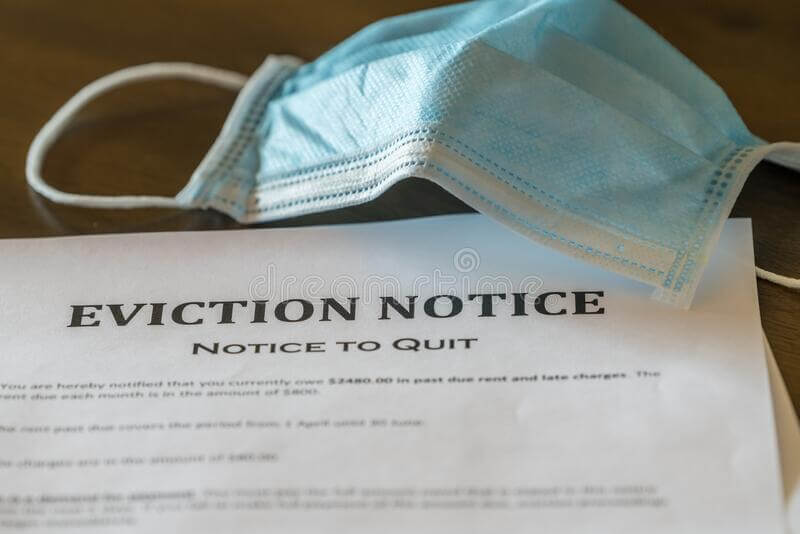What is SB 91?
Disclaimer: This is not legal advice and any decisions made should be made in consultation with a legal expert.
When the pandemic became widespread in early 2020 and residents of California were issued stay-at-home orders, rent and evictions became an issue that would persist well into 2021. As many tenants, especially the most vulnerable, were losing their sources of income, landlords were put in a tough position of often being unable to collect rent while potentially having to evict tenants in the middle of a pandemic. In response to the concerns about evictions, the state legislature passed an eviction moratorium with AB 3088. With AB 3088 set to expire the state legislature passed SB 91, which expands on AB 3088, and it was then signed into law by Governor Newsom.
What does SB 91 do?
SB 91 applies to residential properties only. Most of the eviction restrictions from AB 3088 remain the same, and while tenants are still responsible for paying missed rent, landlords are unable to evict tenants for that unpaid rent, or any future unpaid rent caused by the pandemic. During this time, landlords are unable to, or threaten to turn off utilities, stop maintaining units, take away services, lock tenants out, take property out of units, or call immigration services.
Prior to the passage of SB 91, tenants had until January 31st 2021 to pay 25 percent of rent due. Now that date has been changed to June 30th. SB 91 establishes a rental assistance fund with 1.5 billion from the federal stimulus set aside for the program. Tenants still have to pay 25 percent of the rent and the landlord must issue a 15 day notice for non-payment of rent. The landlord must also issue a blank declaration of hardship to the tenant and the tenant then has 15 days, not including the weekends, to return the paperwork.
The qualifications for rental assistance are anyone making under 80 percent of the median income in the area. Households making 50 percent or less of the median income or those who are unemployed will be given priority.
What can the funds be used for?
If the landlord agrees to accept back rent, it can only be for 80 percent of what is owed between April 1st 2020 to March 31st 2021. Landlords can’t go after the other 20 percent. For example, if a landlord is owed $1,000 for missed rent, they will agree to accept $800 to settle the debt. If the landlord doesn’t agree, the funds can only be used to pay for 25 percent of the rent missed. If there’s money left over, it can be used for rent moving forward up to 25 percent of the monthly rent due. In order to receive the funds from the rental assistance program, all forms must be submitted by the landlord.
The landlord is not allowed to use a security deposit or rent payment for rental debt without written approval from the tenant. Late feeds are also not allowed to be tacked on to back rent. Landlords also can’t use suspected rental debt to turn down applicants.
